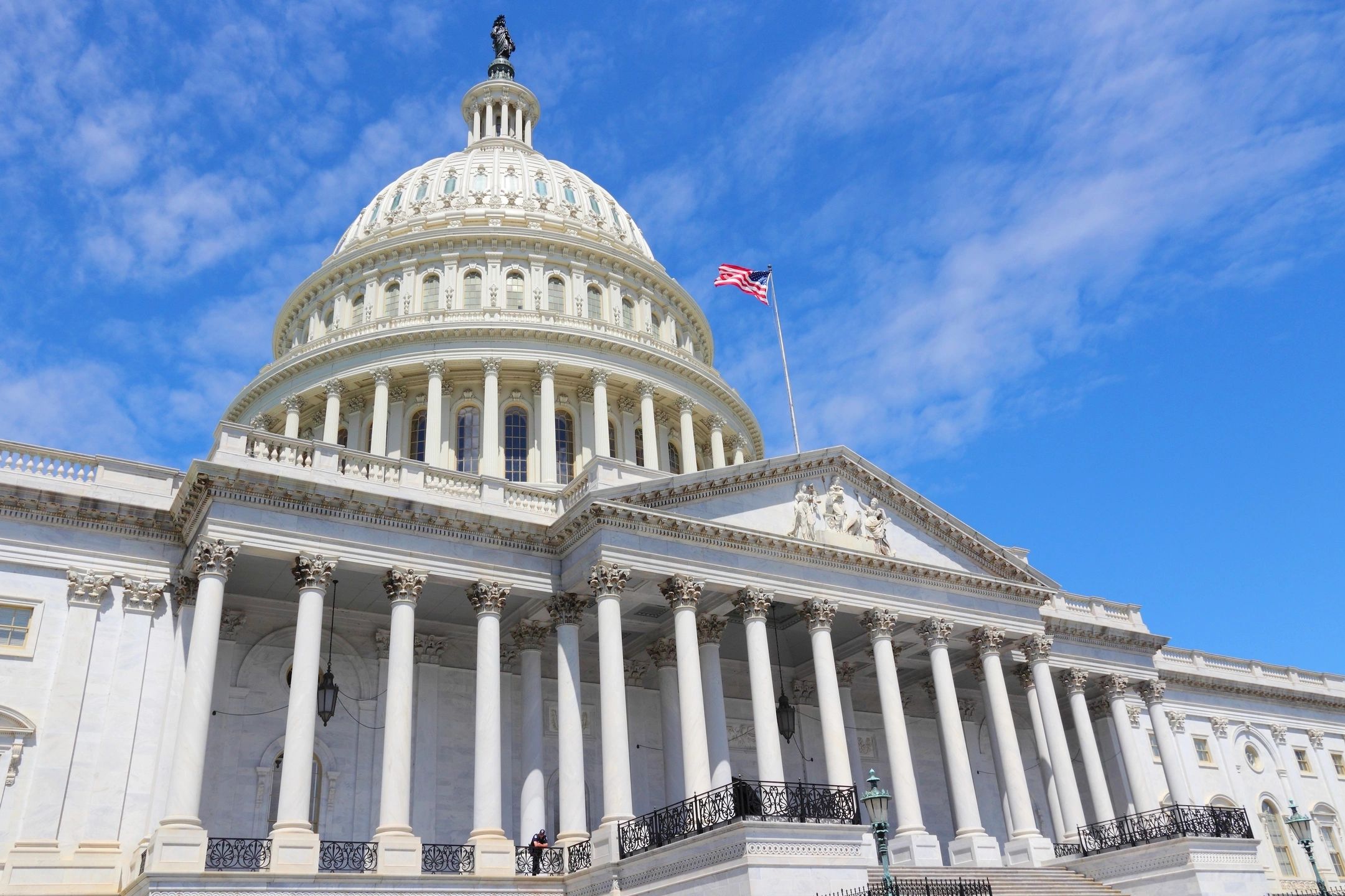Small Business Owner’s Guide to the CARES Act
The U.S. Senate Committee on Small Business and Entrepreneurship released The Small Business Owner’s Guide to the CARES Act. We’ve referenced part of the guide below, but you can access the full guide here. The CARES Act addresses the varying needs of small business owners.
Do you need:
- Capital to cover the cost of retaining employees? Then the Paycheck Protection Program might be right for you.
- A quick infusion of a smaller amount of cash to cover you right now? You might want to look into an Emergency Economic Injury Grant.
- To ease your fears about keeping up with payments on your current/potential SBA loan? The Small Business Debt Relief Program could help.
- Just some quality, free counseling to help you navigate this uncertain economic time? The resource partners might be your best bet.
We’ve shared some FAQ’s on the Paycheck Protection Program below.
Paycheck Protection Program (PPP) Loans
The program would provide cash-flow assistance through 100 percent federally guaranteed loans to employers who maintain their payroll during this emergency. If employers maintain their payroll, the loans would be forgiven, which would help workers remain employed, as well as help affected small businesses and our economy snap-back quicker after the crisis. PPP has a host of attractive features, such as forgiveness of up to 8 weeks of payroll based on employee retention and salary levels, no SBA fees, and at least six months of deferral with maximum deferrals of up to a year. Small businesses and other eligible entities will be able to apply if they were harmed by COVID-19 between February 15, 2020 and June 30, 2020. This program would be retroactive to February 15, 2020, in order to help bring workers who may have already been laid off back onto payrolls. Loans are available through June 30, 2020.
What types of businesses and entities are eligible for a PPP loan?
- Businesses and entities must have been in operation on February 15, 2020.
- Small business concerns, as well as any business concern, a 501(c)(3) nonprofit organization, a 501(c)(19) veterans organization, or Tribal business concern described in section 31(b)(2)(C) that has fewer than 500 employees, or the applicable size standard in number of employees for the North American Industry Classification System (NAICS) industry as provided by SBA, if higher.
- Individuals who operate a sole proprietorship or as an independent contractor and eligible self-employed individuals.
- Any business concern that employs not more than 500 employees per physical location of the business concern and that is assigned a NAICS code beginning with 72, for which the affiliation rules are waived.
- Affiliation rules are also waived for any business concern operating as a franchise that is assigned a franchise identifier code by the Administration, and company that receives funding through a Small Business Investment Company.
How is the loan size determined?
Depending on your business’s situation, the loan size will be calculated in different ways (see below). The maximum loan size is always $10 million.
- If you were in business February 15, 2019 – June 30, 2019: Your max loan is equalto 250 percent of your average monthly payroll costs during that time period. If your business employs seasonal workers, you can opt to choose March 1, 2019 as your time period start date.
- If you were not in business between February 15, 2019 – June 30, 2019: Your max loan is equal to 250 percent of your average monthly payroll costs between January 1, 2020 and February 29, 2020.
- If you took out an Economic Injury Disaster Loan (EIDL) between February 15, 2020 and June 30, 2020 and you want to refinance that loan into a PPP loan, you would add the outstanding loan amount to the payroll sum.
What costs are eligible for payroll?
- Compensation (salary, wage, commission, or similar compensation, payment of cash tip or equivalent)
- Payment for vacation, parental, family, medical, or sick leave
- Allowance for dismissal or separation
- Payment required for the provisions of group health care benefits, including insurance premiums
- Payment of any retirement benefit
- Payment of State or local tax assessed on the compensation of employees
What costs are not eligible for payroll?
- Employee/owner compensation over $100,000
- Taxes imposed or withheld under chapters 21, 22, and 24 of the IRS code
- Compensation of employees whose principal place of residence is outside of the U.S.
- Qualified sick and family leave for which a credit is allowed under sections 7001 and 7003 of the Families First Coronavirus Response Act
What are allowable uses of loan proceeds?
- Payroll costs (as noted above)
- Costs related to the continuation of group health care benefits during periods of paid sick, medical, or family leave, and insurance premiums
- Employee salaries, commissions, or similar compensations (see exclusions above)
- Payments of interest on any mortgage obligation (which shall not include any prepayment of or payment of principal on a mortgage obligation)
- Rent (including rent under a lease agreement)
- Utilities
- Interest on any other debt obligations that were incurred before the covered period







Reply a Comment